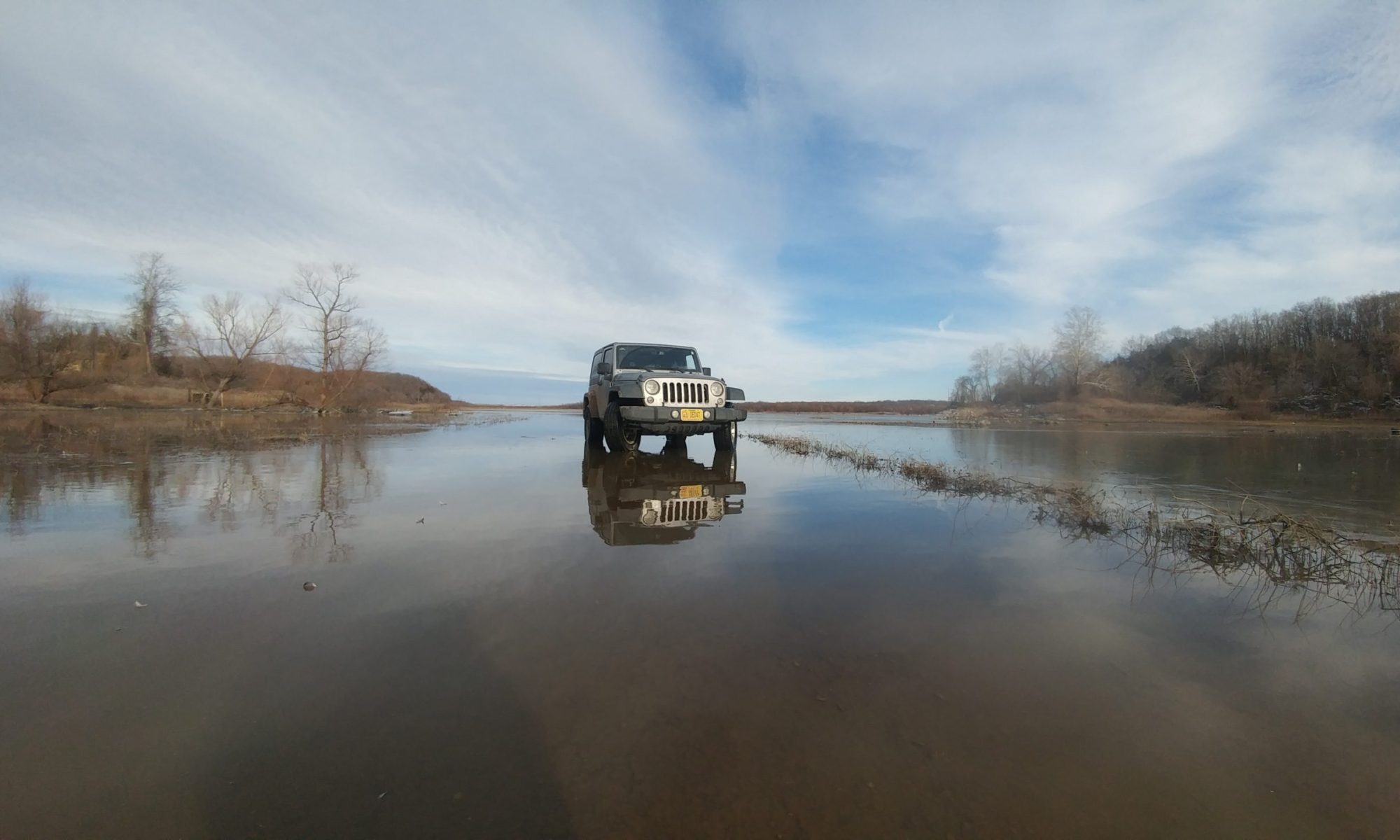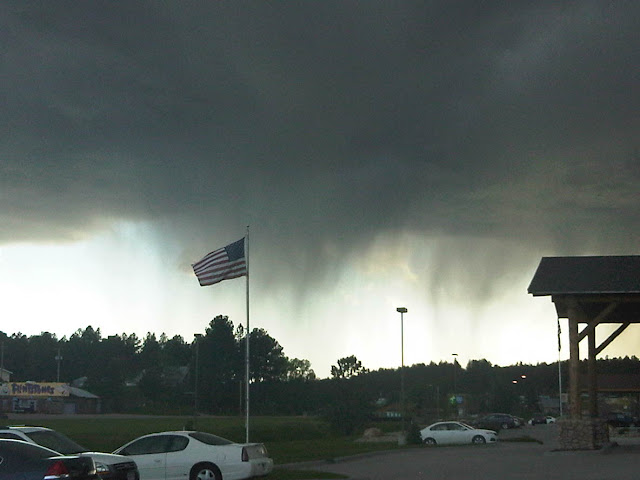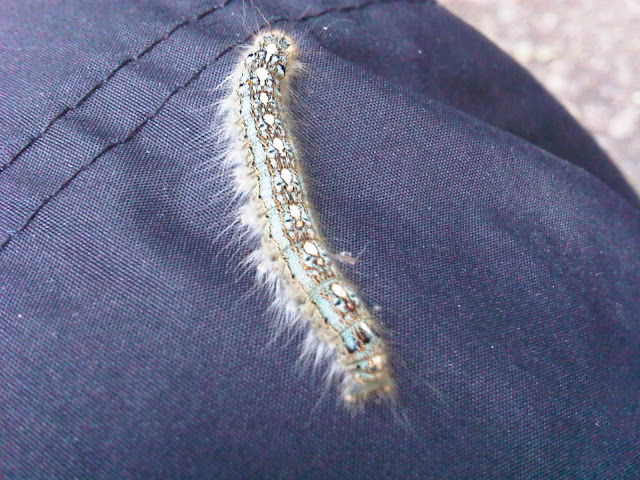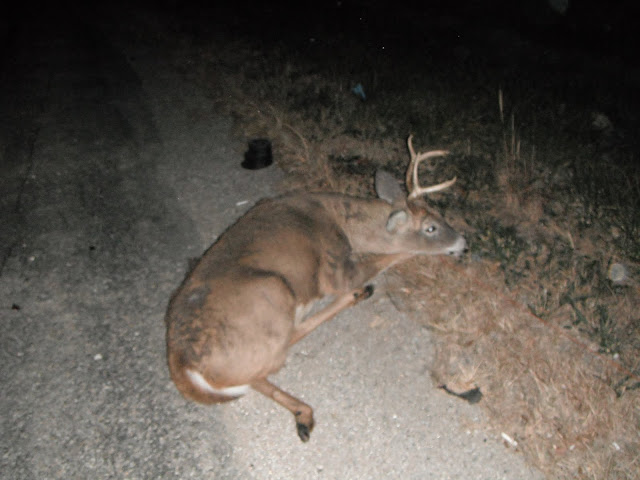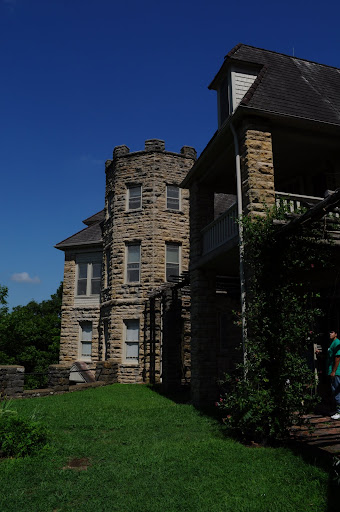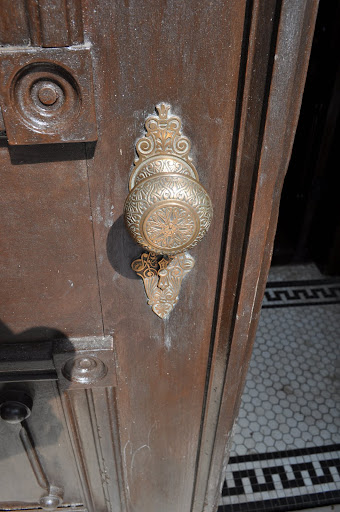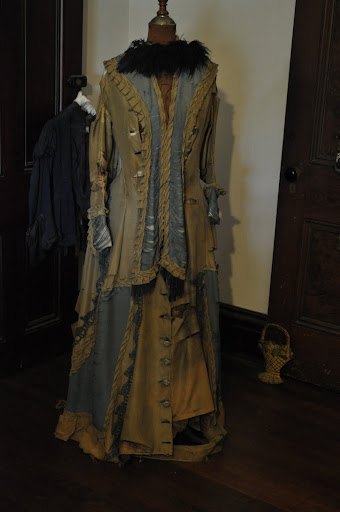Today we had a long drive ahead of us to Yellowstone National Park, but that wouldn’t stop us from sightseeing along the way. There were two main things to see on the trek Westward: Devil’s Tower and the site of Custer’s Last Stand, Little Bighorn Battlefield. I jumped into my Jeep, and my two friends into their truck, and we began our journey into the wild west.
Devil’s Tower is one of the geologic sites of importance that we are required to learn the location of as geology students. Today I would actually get to see this place in person, and among reading the theories of the development of Devil’s Tower, also the native stories (and there are many) that accompany it.
There are numerous versions of the story, and I read at least 4 different versions within a couple hours. All of them have this in common: some natives (whether they be children, villagers, sisters, etc) were trying to get away from a bear (that may or may not have been a young girl shortly before attack on the village) and the gods raised them up, the bear scratching the rock as it rose into the sky. They became a constellation in the sky.
The geologic theories are also vary, and come in three main flavors.While all theories include that it is an igneous intrusion, how it came to be as it is today has several different possibilities. Some geologists believe it to be a laccolith, an igneous intrusion that was beneath the surface of sedimentary rocks which were later eroded to expose what we see today. Others believe it was a plug of long-gone volcano that used to be in the area, and others still believe it to be other forms of igneous intrusions, the original surroundings long gone due to erosion. I guess you can take your pick as to which you believe…maybe you’ll even go with the bear story.
The Devil’s Tower was the first National Monument in 1906, and thus made Wyoming the state to host both the first National Monument and Park (Yellowstone). It is surrounded in history, an important landmark for the Plains indians. In more recent history (and to my amusement) George Hopkins decided to parachutes from an airplane in 1941 and land atop the Devil’s Tower just to show it could be done. Nevermind the fact that he was trapped there for 6 days until climbers could make their way up to rescue him.
After climbing up the boulder field to get the closest view of Devil’s Tower you can get without a permit, and drinking the water that was ostentatiously claiming to be pure and of excellent drinking quality, we headed a little northwards so we could swing by Little Bighorn Battlefield before making our arrival, fashionably late, in Yellowstone.
Little Bighorn Battlefield National Memorial is located in Montana, and it is the site of the famous Custer’s Last Stand, where the U.S. troops were defeated by the natives. It is full of historical information about the battle, and the fields are flagged with white markers indicating where soldiers met their fate. It was a pretty interesting place, and if we didn’t have somewhere to be and the weather wasn’t misting upon us we may have stayed longer to learn a bit more.
The last long haul to get to Yellowstone was a long, scenic drive. Montana is full of open space, where you can literally see as far as the eye can see. The mountains eventually begin to jut out of the ground as you near the western half of the state, breaking the golden sunset with snow-capped mountains. The view was beautiful, and with how honey-golden the sun was shining, I imagine it wasn’t difficult for the pioneers to be dreaming of gold in the western frontier.
When we arrrived at the campsite deep within Yellowstone, the Canyon Campground, we were more than fashionably late. It was near midnight, and the near 2 feet of snow and lack of open space to set up a tent weren’t exactly encouraging. It was the middle of June and there was still an significant amount of snowpack on the ground- who knew!?
Well, we decided to sleep in our vehicles and see what the next day brought.
-Nicole
